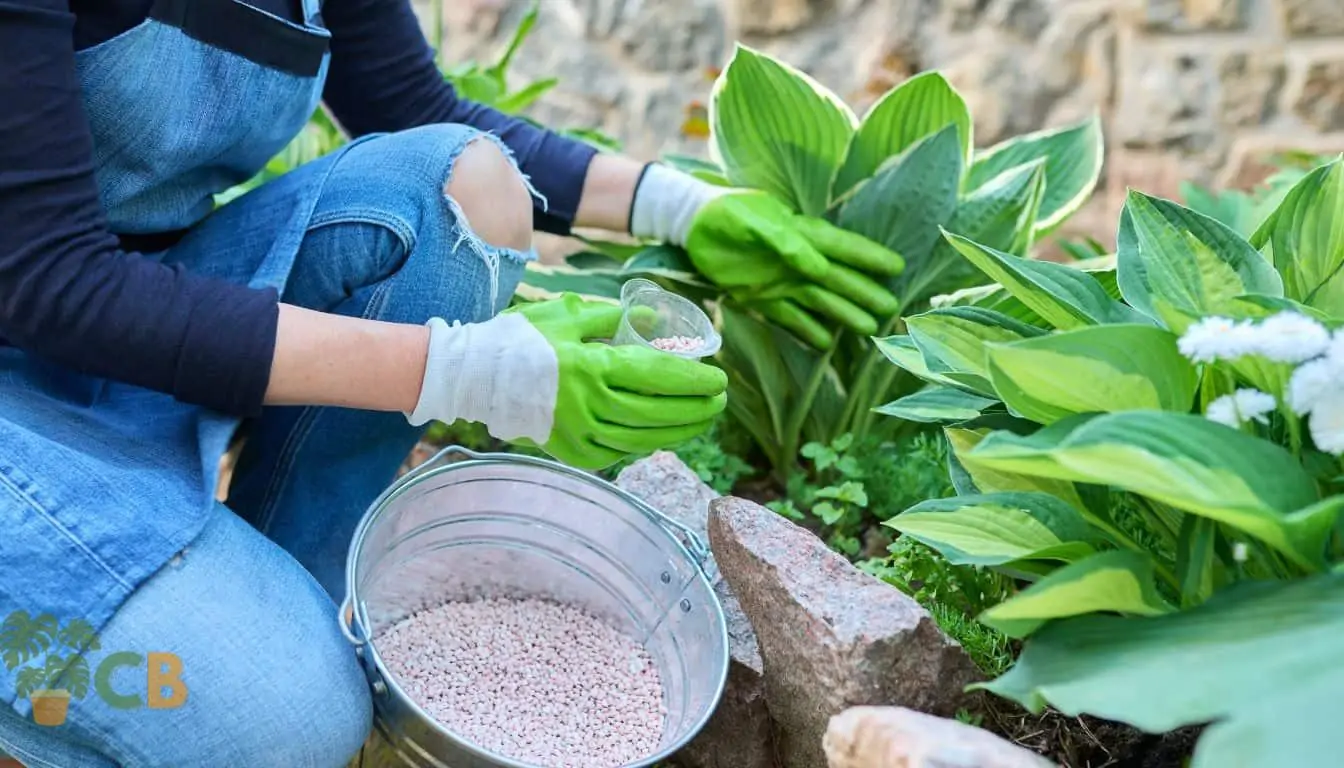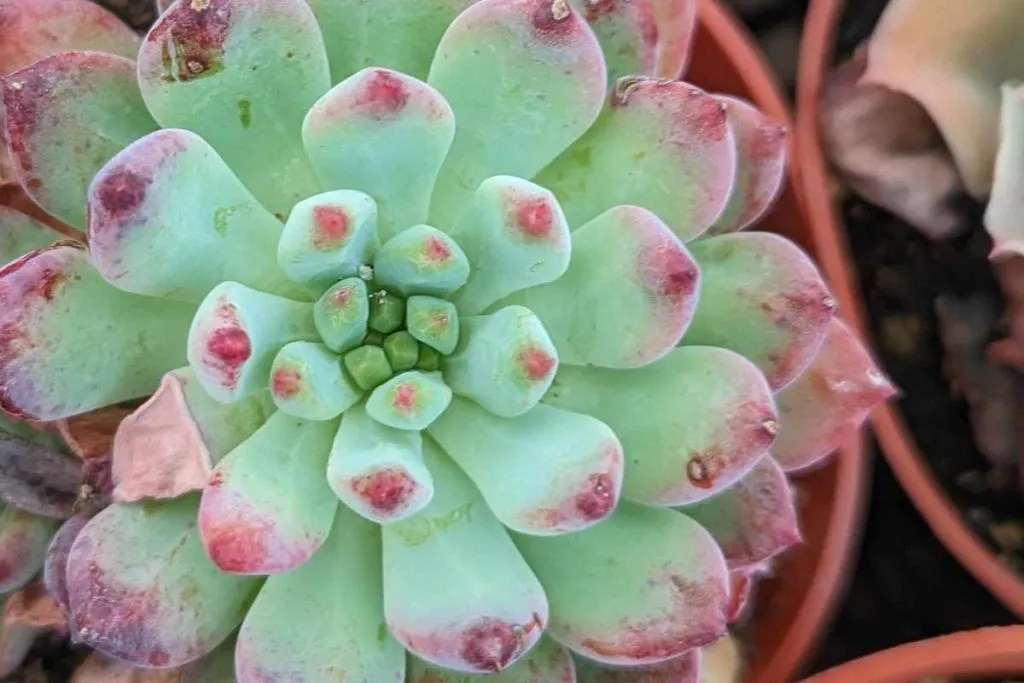Learn Regarding the Details Plants That Are Adversely Affected by Epsom Salt Application
Epsom salt, a prominent family remedy for numerous horticulture concerns, is frequently applauded for its valuable effects on plant development. Recognizing the particular plants that can be detrimentally impacted by Epsom salt is crucial for any garden enthusiast looking to maximize their plant treatment routine.
Roses

Roses, particularly sensitive to adjustments in their environment, can be adversely impacted by the application of Epsom salt. While Epsom salt is commonly utilized as a fertilizer to promote plant growth and boost flowering, roses are among the plants that do not react well to its application. The high magnesium content in Epsom salt can conflict with the uptake of other vital nutrients by the rose plants, leading to shortages that show up as yellowing leaves or stunted development.

Tomatoes
Tomatoes, understood for their versatility in culinary applications, can exhibit adverse effects when exposed to Epsom salt due to their specific nutrient needs. While Epsom salt is often touted as a remedy for different plant concerns, consisting of bloom end rot in tomatoes, its application can result in harmful end results if not utilized sensibly. Tomatoes are heavy feeders that call for a balanced consumption of nutrients, specifically calcium, to thrive. Extreme Epsom salt, which is magnesium sulfate, can interfere with the fragile nutrient equilibrium needed by tomatoes, potentially causing shortages in other necessary nutrients like calcium. This inequality may materialize in symptoms such as stunted growth, yellowing fallen leaves, and even decreased fruit production in tomatoes. When thinking about the use of Epsom salt on tomatoes, it is important to adhere to suggested application rates and soil testing to avoid unexpected repercussions on the general health and productivity of these beloved yard plants.
Peppers
Peppers, admired for their numerous shades and degrees of spiciness, can demonstrate sensitivity to unfavorable impacts from Epsom salt when not applied with treatment and consideration for their specific dietary needs. what plants don't like epsom salt. Peppers, coming from the Solanaceae family, call for a delicate equilibrium of nutrients to flourish. While Epsom salt is understood to boost magnesium degrees in plants, excessive application can interrupt this equilibrium, causing adverse results on pepper plants
When peppers are revealed to high levels of magnesium from Epsom salt, it can disrupt the plant's ability to soak up other vital nutrients like calcium and potassium. This discrepancy might manifest in signs such as fallen leave discoloration, stunted development, and reduced fruit manufacturing. Additionally, the extreme magnesium can modify the soil pH, more worsening nutrient uptake concerns for peppers.
:max_bytes(150000):strip_icc()/GettyImages-1317990269-f9c37b77324f4095b1916657ff7b26fb.jpg)
Rhododendrons
Offered the sensitivity of certain plant types to inequalities created by Epsom salt, it link is vital to think about the effect on Rhododendrons, which also call for details nutrient degrees to grow. Rhododendrons are acid-loving plants that favor acidic dirt problems with a pH range in between 4.5 and 6.0. Epsom salt, chemically recognized as magnesium sulfate, can modify the dirt pH and interfere with the fragile equilibrium of nutrients necessary for Rhododendron health.

To keep the optimal development and health and wellness of Rhododendrons, it is critical to avoid the indiscriminate use Epsom salt and instead focus on giving the specific acidic dirt conditions and nutrients that these plants require for prospering.
Azaleas
Azaleas, recognized for their vivid blossoms and broad series of colors, are ornamental bushes that come from the Rhododendron category. These popular blooming plants are commonly discovered in parks, landscapes, and yards because of their beauty and convenience. Azaleas are sensitive to changes in dirt pH levels, which can dramatically affect their This Site development and general wellness. While Epsom salt is frequently used as a solution for magnesium deficiency in plants, its application to azaleas can have negative effects.
When Epsom salt is applied to azaleas, it can modify the dirt pH, making it much more acidic. Azaleas like a little acidic soil conditions, and an extra of magnesium from Epsom salt can disrupt this equilibrium, resulting in nutrient discrepancies and possible toxicity issues. The incorrect application of Epsom salt can result in stunted growth, yellowing of fallen leaves, and total decrease in the health of azaleas. For that reason, it is critical to be careful when thinking about making use of Epsom salt on azaleas to avoid any type of adverse effects on these fragile decorative bushes.
Verdict
To conclude, it is essential to be familiar with the specific plants that can be negatively influenced by the application of Epsom salt. Roses, tomatoes, peppers, azaleas, and rhododendrons are some instances of plants that might not take advantage of Epsom salt and can also experience injury. It is vital to research and comprehend the demands of each plant types before making use of Epsom salt as a fertilizer to ensure their health and wellness and health.
Understanding the particular plants that can be Resources negatively affected by Epsom salt is important for any kind of gardener looking to enhance their plant treatment regimen. While Epsom salt is commonly made use of as a fertilizer to advertise plant development and boost flowering, roses are one of the plants that do not respond well to its application.Excessive use of Epsom salt can additionally result in a build-up of salts in the dirt, leading to root damages and dehydration of the rose plants. While Epsom salt is recognized to improve magnesium degrees in plants, excessive application can disrupt this stability, leading to negative results on pepper plants.
The high salt material in Epsom salt can also dehydrate Rhododendron roots, triggering additional anxiety and damages to the plant. (what plants don't like epsom salt)